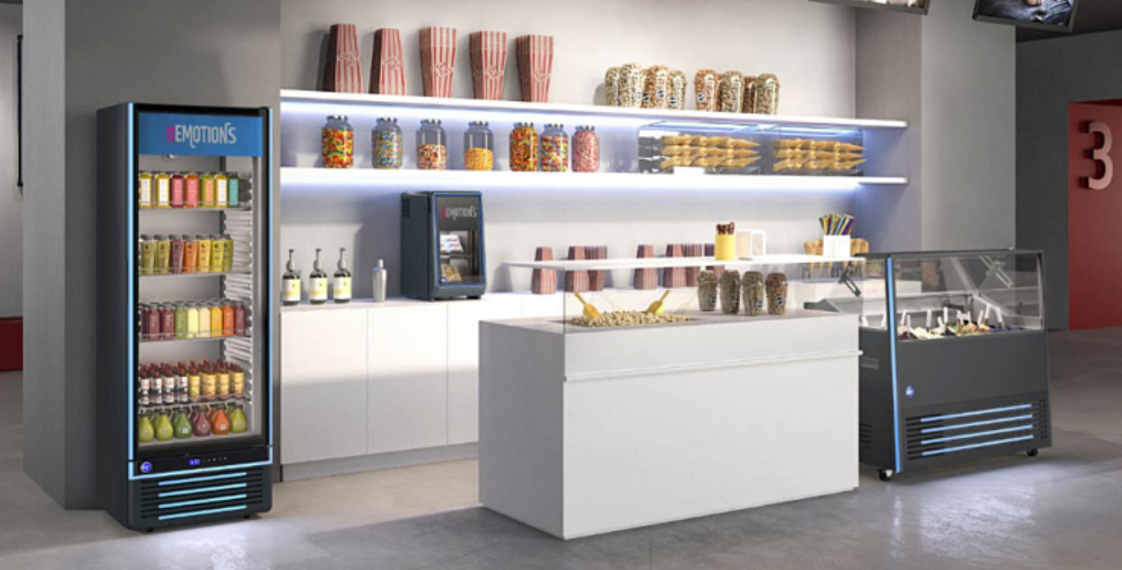Recommendations for optimizing display areas: less inefficiency, more profitability

In the context of Visual Merchandising, allocating display space to individual products sold – particularly in the Food&Beverage sector – is a priority to be analysed in detail, as it is a possible source of critical issues.
Allocating the correct display area for a certain type of product has a bearing on the overall sales of a store and, consequently, affects operating costs and inventory.
Principles of display organization
Just as important in managing commercial display areas concerns changing the organization of the display as a function of the consumers’ purchase experience, considering the latter as a priority element in determining Visual Merchandising strategies.
The decisions to allocate display space must be made by checking that the criteria followed produces an efficient cost/benefit ratio. This result must enable the optimal degree of revenue-generation for the point of sale, and thus contribute to its competitiveness.
The criteria to follow, for the qualitative and quantitative allocation of display space for individual products are manifold, but they can be grouped into 3 main categories:
- aesthetic needs: customers are drawn by the visual appearance of the goods and the way products are presented;
- sales requirements: different product placements change the ease with which the customers can browse and assess the selection, along with the difficulty with which the staff can restock;
- economic requirements: since retail space is a limited resource, the way it is used – both during installation and management – leads to different levels of revenue-generation as well as a different costs of inventory management.
In the Beverage market, the aim is to highlight one’s brand, along with the products, regardless of the physical space where the distributor decides to place the plug-in.
The role of displays: greater visibility leads to a greater increase in sales
Let’s get even more into the nuts and bolts of the Beverage world, with a few characteristics that concern the display of products in refrigerated plug-ins.
By implementing the principles laid out above, client companies are leaning towards machines that allow, for the same floor space, vertical displays that can offer as much load capacity as possible, along with item visibility index, allowing them to focus on increasing sales potential.
For example some manufacturers (such as EPTA, through IARP brand products) have studied a new model of plug-in machines with full glass doors designed to have a see-through surface nearly 200 mm wider than older models.
Similar considerations concern the internal volume of the plug-ins which, for the same height and width optimized for consumers, was increased by 46 mm (from 1300 to 1346).